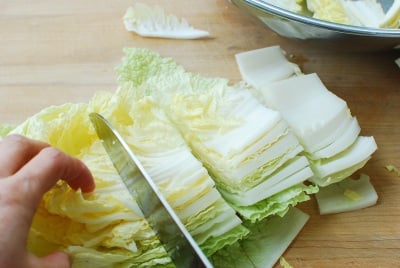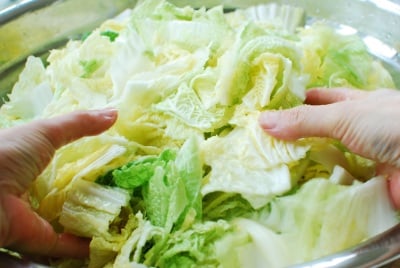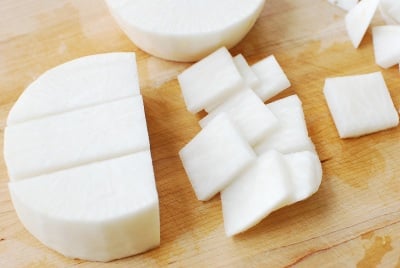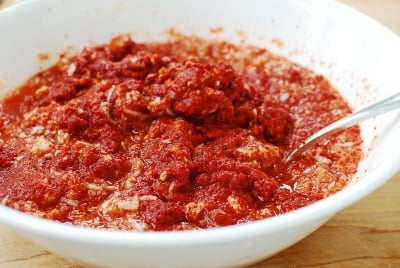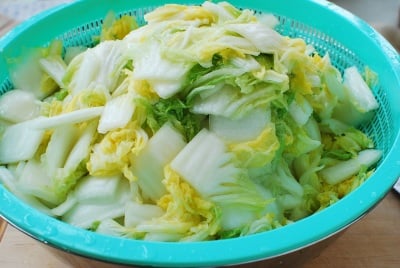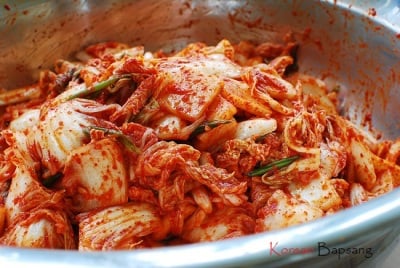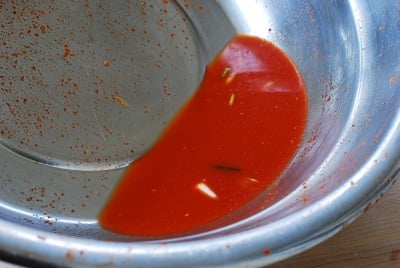So Many Ways to Eat and Cook with Kimchi
It’s never a bad time to boost our immune system but in this era of Coronavirus, it’s more important than ever to add more probiotics to our diet. One great way to improve your gut health, while improving your everyday meals is by eating more fermented Korean foods like kimchi, which is naturally rich in probiotics. Here’s what scientists say about Kimchi, the ultimate Korean superfood for gut health:
“Kimchi is a traditional Korean food manufactured by fermenting vegetables with probiotic lactic acid bacteria (LAB)…Accordingly, kimchi can be considered a vegetable probiotic food that contibutes health benefits in a similar manner as yogurt as a dairy probiotic food. “
Kun-Young Park, Ji-Kang Jeong, Y J Lee, James William Daily
Published in Journal of Medicinal Food
The research paper goes on to say that “Health functionality of kimchi, based upon our research and that of other, includes anticancer, antiobesity, anticonstipation, colorectal health promotion, probiotic properties, cholesterol reduction, fibrolytic effect, antioxidative and antiaging properties, brain health promotion, immune promotion, and skin health promotion.”
Classic Kimchi
Lucky for us, kimchi is not very difficult to find these days either online or at your local Korean grocery store, but we can also try our hands at making it at home. Make an extra large batch and be amazed at the different ways you can use kimchi in your regular rotation of meals. One thing to keep in mind is that although cooked kimchi is delicious and nutritious, heat kills some of the good bacteria that make up probiotics so make sure to eat some kimchi raw or add to dishes at the end of the cooking process.
Order Online or Make at Home
If you can’t find kimchi at your local grocery store, you can usually find some online, although availability varies widely these days.
Choi’s Kimchi is a reliable brand and one reviewer raves: “One of the most authentic and high quality kimchi I’ve tried on the market. Tastes like the kimchi I had in South Korea. I was worried ordering online but arrived perfectly fresh. It was delivered overnight and was fermented just right. Put most of it in the fridge but keeping some out on the counter to ferment even longer to use for kimchi jigae. Recommend it highly!!“
Choi’s Kimchi 3.5lbs, 19.99

Mak Kimchi Recipe (Easy Cut Kimchi)
‘Mak’ translates to carelessly or roughly, and mak kimchi is a lot easier to make than traditional whole cabbage kimchi. This recipe by Hyo Sun Ro starts with napa cabbage that is pre-cut before fermenting and makes kimchi making so much more doable for the anyone who wants to give it a try.
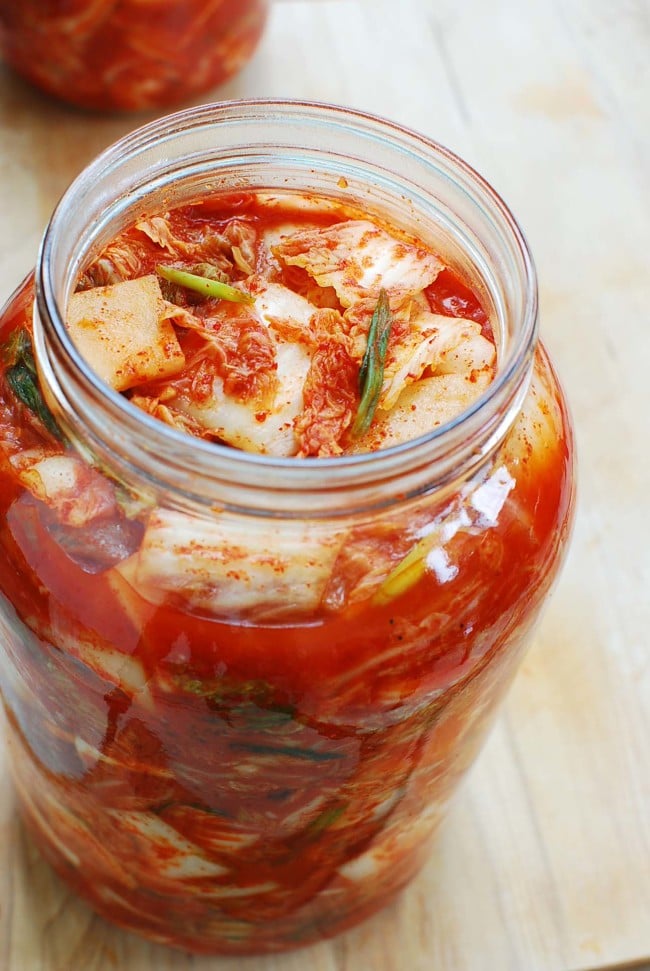
Ingredients
- 2 medium size napa cabbages about 8 pounds
- 1-1/4 cups coarse sea salt less if using finer salt
- 6 cups water
- 1 Korean radish mu (about 1-1/2 pounds)
- 1 tablespoon coarse sea salt
- 5 – 7 scallions roughly chopped
Seasoning
- 1 cup gochugaru Korean red chili pepper flakes
- 1/3 cup saeujeot salted shrimp, finely minced
- 4 tablespoons myulchiaekjeot fish sauce
- 1/4 cup minced garlic
- 2 teaspoons finely grated ginger
- 1 tablespoon sugar
Utensils:
- large bowls preferably at least 12 quarts
- large colanders
- kitchen gloves
- airtight container s or jar(s) – about 1-1/2 gallons
Instructions
Cut the cabbage heads into quarters and remove the core from each quarter. Cut each quarter crosswise into bite sizes (about 1-1/2-inches).
Place the cabbage pieces in a large bowl(s). In a smaller bowl, dissolve 1-1/4 cups of salt in 6 cups of water. Pour over the cabbage. Toss well to wet the cabbage pieces evenly with the salt water. Let stand until the white parts are bendable, about 2 hours, turning the cabbage pieces over occasionally.
Cut the radish into bite sizes (about 1-1/2-inch square, about 1/4-inch thick). Sprinkle with a tablespoon of salt. Toss well. Let it sit for about 30 minutes. Drain. Do not wash.
Mix the chili pepper flakes with the remaining seasoning ingredients along with 1 cup of water.
Rinse the salted cabbage three times and drain to remove excess water.
In a large bowl, add the radish, scallions and seasoning to the salted cabbage. Using a kitchen glove, mix everything well by hand until the cabbage pieces are well coated with the seasoning mix. Place the kimchi in an airtight container(s) or a jar(s).
Rinse the bowl with 1/2 cup of water by swirling around, and pour over the kimchi.
Leave the kimchi out at room temperature for half a day to a day, depending on how quickly you want your kimchi to ferment. Then, refrigerate.
Notes
You can dress this kimchi up by adding other ingredients like Korean pear, oysters, garlic chives, etc. If you like lighter tasting kimchi, simply reduce the amounts of red chili pepper flakes, salted shrimp, fish sauce, and/or garlic. If you don’t have salted shrimp, just add more fish sauce (and salt if needed) to achieve the desired salt level.
Many Koreans eat kimchi as a side dish at every meal whether they are eating Korean food or not!
A large jar of kimchi like this one will keep for weeks if not months and only get better with age. Use the more sour older kimchi for making batches of kimchi soup or kimchi fried rice.
Mak Kimchi full recipe here.


